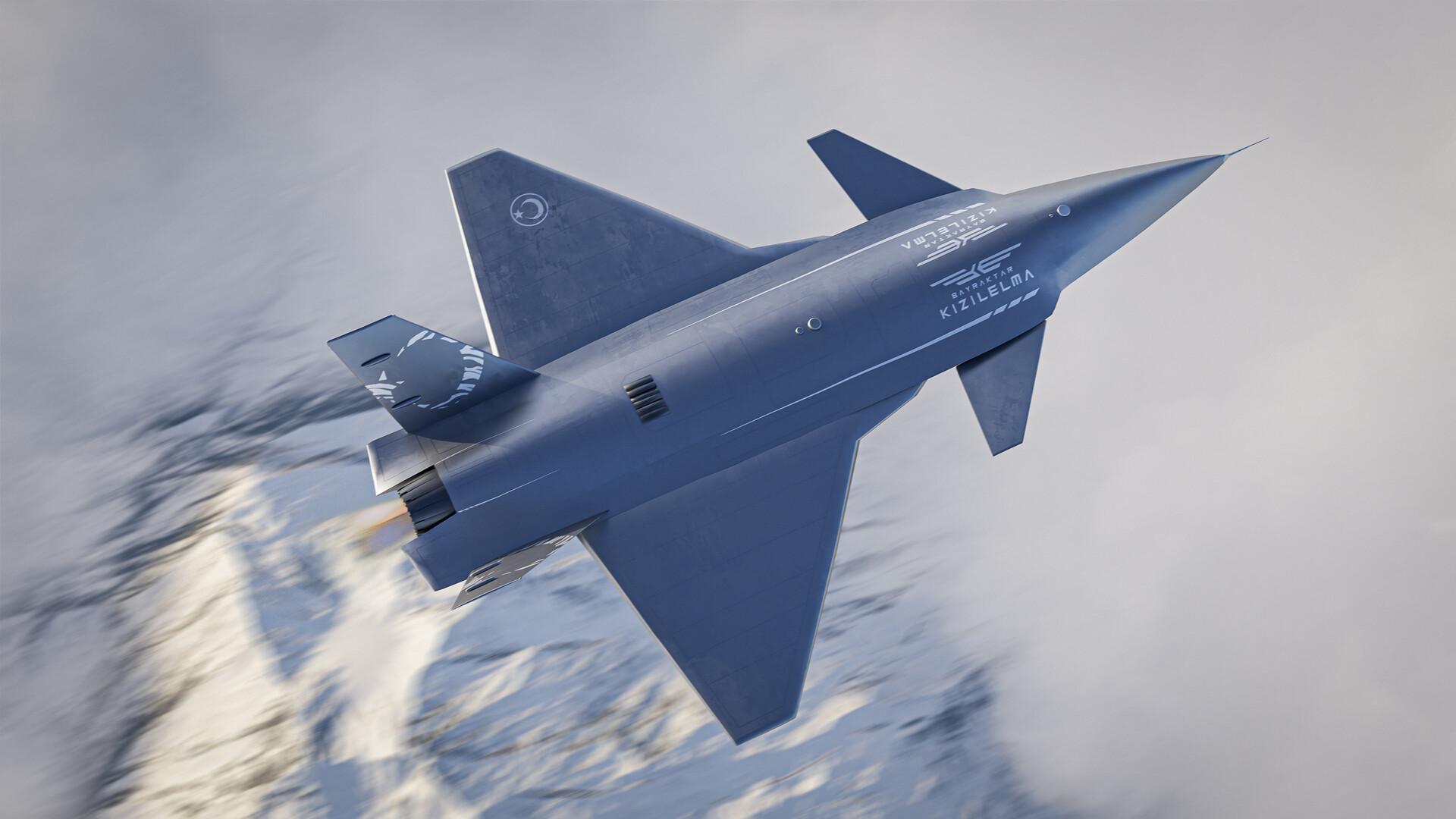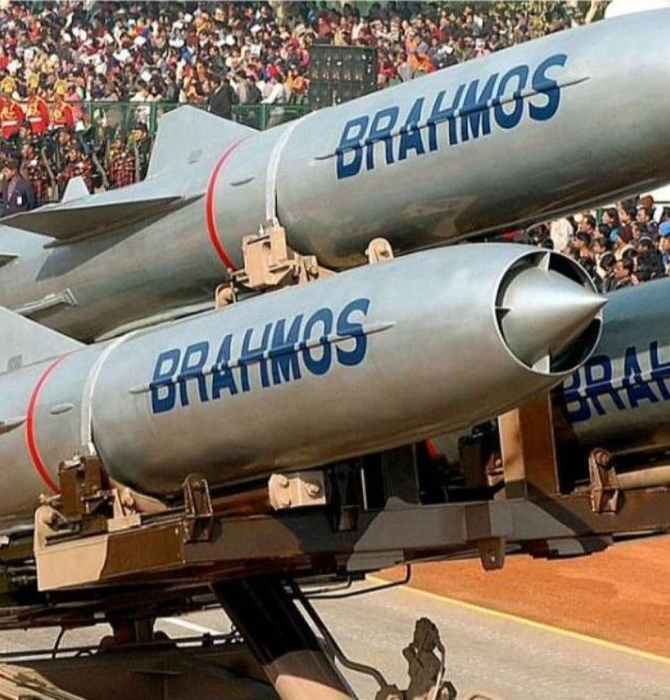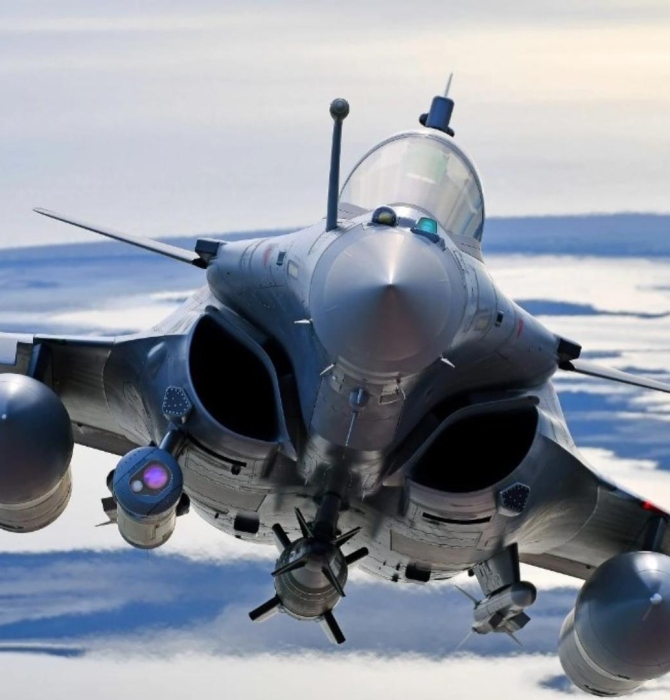4482Views

Pakistan’s Next Move: Why Drones, Not Fighter Jets, Are the Future of its Air Force Defence Uncut Podcast
In our latest episode of Defence Uncut, a few interesting news items crossed our desk, from potential maintenance deals with South Africa to the Indian Air Force’s (IAF) next-generation fighter aircraft (NGFA) plans.
Perhaps most notably, the visit of the Pakistan Air Force (PAF) Chief to the United States State Department sparked renewed chatter about a potential F-16 acquisition, a topic many had considered a closed book.
While the tactical pros and cons of adding new F-16s to the fleet are worthy of debate – balancing their proven capabilities and long service life against the stark realities of American political unreliability – this discussion serves as a prelude to a far more strategic question.
Beyond importing platforms, what is the most realistic and effective path for Pakistan to develop its own indigenous combat aircraft capabilities?
Listen to the full episode of Defence Uncut to get the complete, unfiltered analysis.
Why Pakistan Should Prioritize UCAVs
The Right Solution for South Asia’s Long-Term Dynamics
The nature of conflict in our region is changing. In the aftermath of the aerial engagements in May 2025, a palpable “chill” settled over both air forces.
There was a clear and understandable reluctance to risk high-value manned aircraft – and their even more valuable pilots – in deep penetration missions over heavily defended enemy airspace. The potential loss of a single advanced fighter would be a catastrophic blow to morale and a significant material setback.
This is precisely the challenge that UCAVs can solve.
As we explored in the podcast, these platforms give commanders a potent tool for high-risk missions without betting the lives of their pilots or their most expensive assets. Imagine needing to suppress an enemy’s air defence network. Instead of sending in a squadron of J-10Cs or F-16s, the PAF could lead with waves of attritable UCAVs.
These drones, potentially supported by swarms of smaller loitering munitions, could absorb the initial defensive salvos, bait enemy radars into revealing their positions, and deliver their own ordnance to neutralize threats. Losing several UCAVs in such a mission is, essentially, a calculated and acceptable cost of doing business, whereas losing a single stealth fighter would be a strategic failure.
Furthermore, UCAVs offer a solution to the critical vulnerability of fixed airbases. In any future conflict, the PAF can expect its main operating bases to be targeted by saturation attacks from long-range missiles, especially the supersonic-cruising BrahMos. However, a fleet of UCAVs, however, is not tied to these large, conspicuous installations.
As shown by platforms like the American XQ-58 Valkyrie, UCAVs can be designed for dispersed operations and deployment, like being launched from semi-prepared strips, highways, or even via rocket-assisted catapults.
This ability to generate airpower independent of vulnerable, centralized infrastructure greatly enhances the PAF’s resilience and operational flexibility.
A More Accessible Pathway for Pakistan’s R&D Base
One of the key arguments for pursuing a UCAV program is its accessibility to Pakistan’s current industrial and R&D capabilities. Project AZM was a leap too far because Pakistan lacked the specific, mature industrial base for a modern crewed aircraft, let alone a NGFA program. But for UCAVs, the story is entirely different.
As my colleague Aseem Islam rightly pointed out, Pakistan already possesses a significant and proven industrial foundation in the core technologies required.
Pakistan’s experience with the Shahpar series of UAVs, the Burraq UCAV, and a family of sophisticated cruise missiles like the Ra’ad and Taimur indicates its engineers and scientists are well-versed in aerodynamics, flight controls, guidance systems, and systems integration for unmanned platforms.
For an organization like NESCOM, which has spearheaded these programs, developing a 2-to-3-ton jet-powered UCAV is not a venture into the unknown. It is a logical, incremental evolution of the work they are already doing. It’s a matter of scaling up existing designs and integrating more advanced subsystems, leveraging decades of accumulated knowledge.
This is a challenge of engineering, not a challenge of invention. We would be building upon our core foundations, not trying to create entirely new ones from scratch.
More Scalable With Greater Commercial Viability
The economics of a UCAV program are profoundly different from those of a manned fighter. The PAF might procure a manned fighter in the dozens, with a total fleet size reaching perhaps 80-plus units over many years. UCAVs, by their attritable nature, are a numbers game. The PAF would need to procure them by the hundreds, perhaps even thousands, to build a fleet that can sustain combat losses and be rebuilt quickly.
This incredible economy of scale creates a powerful business case that a low-volume manned fighter program never could. For example, a 2-to-3-ton UCAV would require a turbofan engine in the 10-15 kilonewton thrust class. While Pakistan does not currently produce an engine of this size, the prospect of manufacturing thousands of them for a domestic UCAV fleet makes indigenous development – likely through technology-sharing partnerships with friendly nations like Turkey or Ukraine – an economically viable proposition.
The project’s scale justifies the investment.
Beyond our own needs, this production capacity opens up a massive potential export market. Many nations are looking to build up their own UCAV assets without the political strings and ecosystem lock-in that come with American or European systems. By developing a capable and cost-effective platform, Pakistan can position itself as a leading global supplier, turning our defence industry into a powerful engine for economic growth and earning valuable foreign exchange.
The Need to Organize the Defence Industry
To realize this vision, however, we must first put our own house in order. The single biggest internal obstacle to a project of this magnitude is the “toxic competition” that can arise between our state-owned defence enterprises. We cannot have our key R&D organizations working in silos, developing redundant solutions, and competing for the same finite pool of budgetary resources. A successful national UCAV program requires a unified strategy built on synergy and clear delegation of responsibilities.
NESCOM is the Industrial Backbone
The role of developing the physical UCAV airframe and handling its core industrialization should belong to the National Engineering and Scientific Commission (NESCOM). This is a matter of playing to proven strengths. NESCOM possesses the secure, established industrial infrastructure and the deep reservoir of experience from its successful missile and drone programs. They are the masters of the hard sciences, structural engineering, and controlled technologies that form the backbone of any aerospace platform. They should be tasked with designing and prototyping the physical aircraft.
NASTP is the Innovation Powerhouse
While NESCOM builds the body, the National Aerospace Science and Technology Park (NASTP) is perfectly positioned to create the brain. NASTP’s great advantage is its modern, fluid structure and its proximity to the commercial world. Its ability to host foreign partners like Turkey’s Baykar Group and attract talent directly from the civilian tech sector gives it an innovative edge that a more traditional, secure entity like NESCOM cannot easily replicate.
NASTP’s primary mission within this project should be to develop the UCAV’s “AI Pilot” – its autonomous core. This is a great opportunity. Developing an advanced AI system doesn’t require billions in manufacturing plants; it requires computational power and brilliant minds. It’s a domain free from the sanctions and export controls that plague traditional aerospace.
And once developed, that AI pilot can be copied and installed on countless drones at virtually no cost – a force multiplier that you can’t achieve with human pilots who require years of expensive training.
This effort, leveraging NASTP’s work in AI, machine learning, and cybersecurity, would not only give the PAF a decisive technological edge but would also create a pool of world-class AI professionals, driving innovation across the entire Pakistani economy.
Involve the Private Sector in Production
Finally, the long-term vision must involve a strategic shift in how we approach manufacturing. R&D powerhouses like NESCOM should not be burdened with running massive production lines. The goal should be to shift the overhead of mass production to a vibrant and capable private sector.
By tasking private industry with manufacturing UCAVs at scale, we achieve two critical goals.
First, we free up the state’s finite defence budget from maintaining the massive, fixed overhead of factories and workforces, allowing those funds to be redirected towards procurement and cutting-edge R&D.
Second, we harness the profit- and efficiency-driven incentives of the private sector to build a more agile, competitive, and export-oriented industrial base.
This is how we build not just a drone, but a self-sustaining aerospace ecosystem that strengthens our national security and our national economy simultaneously. The UCAV program is the perfect catalyst for this transformation.
Listen to the Full Discussion
This article only scratches the surface of our deep-dive discussion. To get the full context on the F-16 debate, India’s next-generation fighter plans, and the granular details of how a Pakistani UCAV program could unfold, you won’t want to miss the full conversation.
Tune in to Episode 6 of Defence Uncut to build your big picture. You can reach us with questions and comments at podcast@quwa.org.
If you would like to read more about what was discussed in this episode, check out the links below:
- Is a Loyal Wingman UCAV on Pakistan’s Procurement Roadmap?
- PAF’s NASTP Sets Upgrade Path for JF-17 (or ‘PFX Alpha’)
- Pakistan Reveals ‘JF-17 PFX’ Program
If you have any questions, comments, or news topic suggestions you would like to hear us discuss, then send us an email at podcast@quwa.org.


